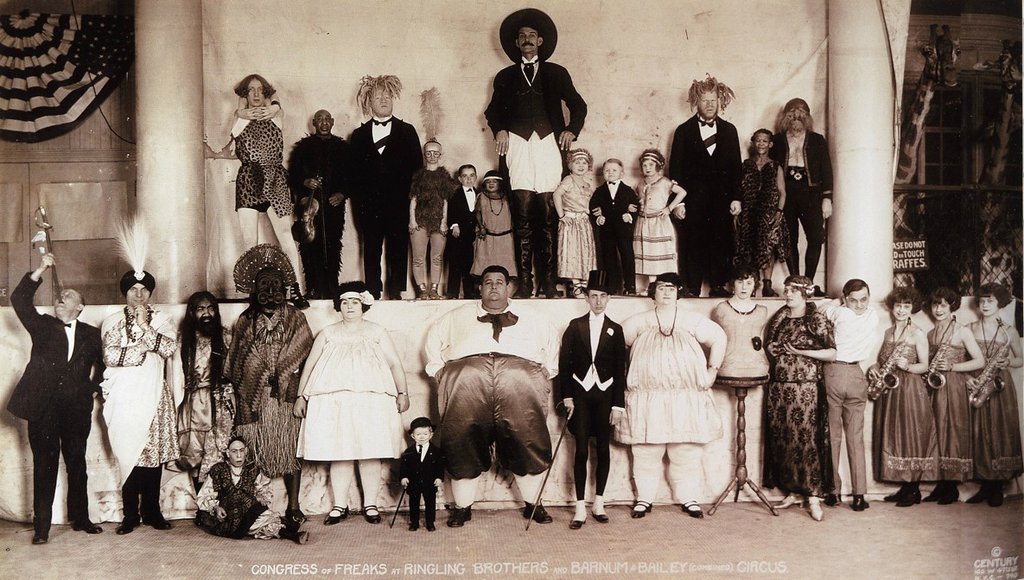
Scott Bales stopped by JFDI to talk to the teams about Persona Development. His talk was by far one of the best I had seen on this topic—simple and loaded with anecdotal war stories.
It was great to hear him explain persona to the founders. Persona Development made sense, and sometimes was deemed trivial. Scott pointed this out, but also reassured the teams that it was extremely helpful when his team had painted 32 personas for Moven.com, a mobile bank he co-founded.
Focus on Behaviors
Scott emphasized this repeatedly—he reminded the founders to focus on behaviors of the target customers. In my experience working with teams on Persona Development, this was often the point where founders brushed over and missed. Often times entrepreneurs focused on facts (ie, demographic) over behaviors.
Behaviors were great assumptions to validate because they brought together a group of people that experienced the same pain and have the same goal. The goal of persona development was to hone in on the behaviors and recognize patterns. An added benefit was that genuine behaviors could not be faked, and it was important to understand and empathize with the target customers when they explained their stories (described their behaviors).
One example I gave a team tonight, was in what we asked them during the interview process for the accelerator program. We asked for the technical co-founder to explain his experience with the stack he used, as opposed to asking him a factual/binary question, whether he coded or not.
Be specific with every assumption
Another great tip from Scott today. Everything written was an assumption, and only specific assumptions and scenarios could be eliminated or validated.
This went against founders’ intuition because most entrepreneurs were told to find a sizable and addressable market—a group of people. A loosely defined range made identifying early adopters with specific traits and behaviors difficult—not falsifiable. Loose assumptions made it impossible to curate a cohort of the most passionate target customers to launch a product with. Let alone, solving a problem they all faced.
Another assumption we had when interviewing founders for the accelerator program was that a balanced teams with domain insight would succeed. This became our screening criteria and we looked for anecdotal evidences to back up the hypothesis.
Listen and iterate
The persona would change over time after you interviewed ten, twenty, fifty customers, Scott warned.
Part of going through this exercise was to refine and validate. This was where the instinct of the entrepreneurs really mattered, and derive from customers the important themes that repeatedly came up, and differentiate noise from signal.
It was easy to spot a good melon after you had seen a few dozens. The JFDI team also got better at pattern recognition over hundreds of interviews and knew what type of founders and startup teams we could work with. Most of the time, the individuals on our team held the same opinion about a team we interviewed.
Conclusion
Mark Organ (Influitive), a JFDI mentor, was a big fan of dominating a niche. He built an $870 mn company (Eloqua’s exit to Oracle) by establishing its prowess from niche to niche.
Tom Clayton (Bubbly), also a JFDI mentor, who had led businesses in both B2B and B2C, stressed the importance of obsessing over specific users, and curating an original user base.
It all started with knowing your customer!

